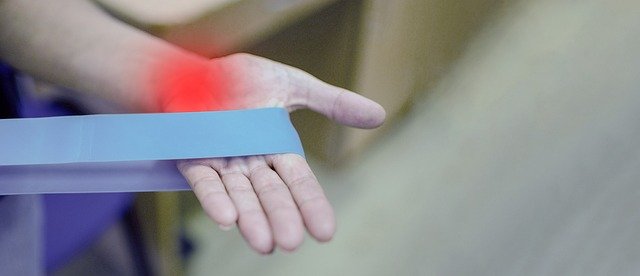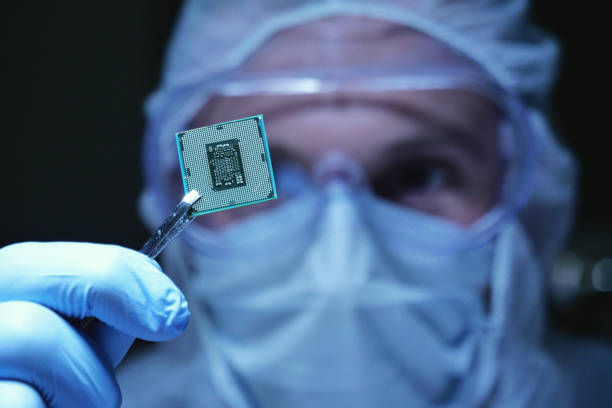Bioplastic Patches: The Future of Wound Healing
Imagine a world where wounds heal faster, scars fade quicker, and infections become a thing of the past. This isn't science fiction—it's the promise of bioplastic patches, a groundbreaking innovation in medical technology. But what exactly are these miraculous materials, and how are they revolutionizing the way we approach wound care?

The Science Behind Bioplastic Patches
At their core, bioplastic patches are engineered materials that combine the durability and versatility of plastics with the biocompatibility of natural substances. Unlike traditional wound dressings, which simply protect the wound from external factors, bioplastic patches actively engage with the body’s healing mechanisms.
These patches are typically composed of biodegradable polymers, such as polylactic acid (PLA) or polyhydroxyalkanoates (PHAs), which are derived from renewable resources like corn starch or bacterial fermentation. The polymers are then infused with bioactive compounds, growth factors, and sometimes even living cells, creating a dynamic scaffold that supports and accelerates the healing process.
Mechanisms of Action
Bioplastic patches work through several mechanisms to promote wound healing:
-
Moisture regulation: They maintain an optimal moisture balance at the wound site, preventing both dehydration and excessive fluid accumulation.
-
Oxygen permeability: The patches allow for controlled oxygen exchange, essential for cellular regeneration and preventing anaerobic bacterial growth.
-
Bioactive compound delivery: Many bioplastic patches are designed to release healing agents such as antimicrobials, growth factors, or pain relievers directly to the wound site.
-
Cellular scaffolding: Some advanced patches provide a structure for new tissue growth, guiding the regeneration process and reducing scarring.
-
Smart responsiveness: Certain bioplastic patches can respond to changes in the wound environment, such as pH or temperature, adjusting their properties accordingly.
Clinical Applications and Success Stories
The potential applications for bioplastic patches are vast and growing. In clinical trials, these innovative dressings have shown remarkable results across a range of wound types:
-
Diabetic ulcers: Chronic wounds that often resist traditional treatments have shown significant improvement with bioplastic patch applications.
-
Burn injuries: Patches infused with growth factors and skin cells have accelerated healing and reduced scarring in severe burn cases.
-
Surgical incisions: Post-operative recovery times have been shortened, and infection rates reduced through the use of antimicrobial bioplastic dressings.
-
Battlefield injuries: Military medical units are exploring bioplastic patches as a rapid, effective treatment for combat wounds.
Customization and Personalized Medicine
One of the most exciting aspects of bioplastic patch technology is its potential for customization. As our understanding of wound healing and regenerative medicine advances, researchers are developing ways to tailor patches to individual patients and specific wound types.
This personalized approach may involve:
-
3D printing of patches to fit complex wound geometries
-
Incorporation of a patient’s own cells or growth factors
-
Adjusting the patch composition based on genetic or metabolic factors
-
Real-time monitoring and adjustment of patch properties during the healing process
Challenges and Future Directions
While the potential of bioplastic patches is immense, several challenges remain before they can become widely adopted:
-
Cost: Currently, production costs for advanced bioplastic patches are high, limiting their accessibility.
-
Regulatory approval: As a new class of medical devices, bioplastic patches face rigorous testing and approval processes.
-
Long-term effects: More research is needed to understand the long-term impacts of biodegradable materials in the body.
-
Integration with existing care protocols: Healthcare systems will need to adapt to incorporate these new technologies effectively.
Despite these challenges, the future of bioplastic patches looks bright. Ongoing research is focused on developing new biomaterials, improving production methods, and expanding the range of treatable conditions. As these innovations continue, we may soon see a world where even the most challenging wounds heal quickly and completely, dramatically improving quality of life for millions of patients.
Bioplastic Patch Breakthroughs
-
A recent study showed a 40% reduction in healing time for diabetic foot ulcers treated with bioplastic patches
-
Researchers have developed a bioplastic patch that changes color to indicate infection, allowing for early intervention
-
Some bioplastic patches can be infused with stem cells, promoting tissue regeneration in previously irreparable injuries
-
Nanotechnology is being incorporated into bioplastic patches, enabling ultra-precise drug delivery to wound sites
-
Environmental scientists are working on bioplastic patches made from invasive algae species, addressing both medical and ecological concerns
As we stand on the brink of a new era in wound care, bioplastic patches offer a glimpse into a future where healing is faster, more effective, and tailored to each individual’s needs. By harnessing the power of advanced materials and biological understanding, these innovative dressings are set to redefine our approach to wound treatment, promising a healthier, more resilient future for all.





